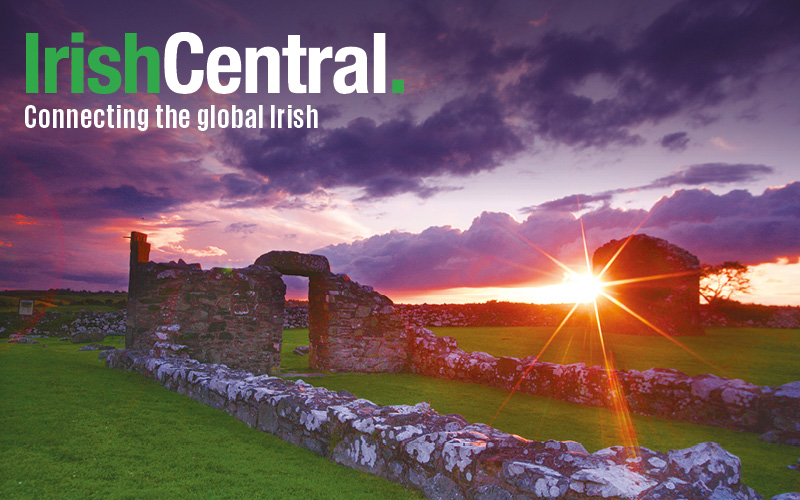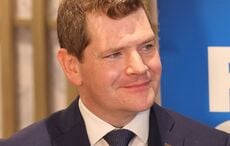"There will be a lost generation" if cocaine use in Co Galway is not dealt with urgently, says expert
A leading addiction specialist in the West of Ireland warned local politicians and senior police officers this week that there is now a “blizzard” of cocaine in the region.
Read More: Drug war takes over Irish town after brutal murders
Members of the Co Galway Joint Policing Committee (JPC) were shocked when clinical specialist Joe Treacy issued a stark warning about the current drug problem in Galway at their quarterly meeting.
Mr. Treacy said the situation in Galway was worse than he had seen at any time over a 28-year career working in addiction services in the UK, Australia, and Ireland.
Referring specifically to cocaine abuse, he said there was no town or village in the region where the drug could not be found in 2020.
“It’s not snowing in Galway, there is a blizzard,” said Mr. Treacy, a leading clinical specialist in addiction with the Health Service Executive (HSE).
He said recent screenings of drug users in Co Galway revealed cocaine with a potency of up to 94 percent was being sold in the city and county.
The price of the drug had dropped from €80 to €60 per gram in an effort by dealers to “flood the market” in the region, he said.
He warned that a generation of young Irish people “could be lost” if more funding was not allocated to addiction treatment in Co Galway; adding that the availability of potent Moroccan cannabis and cheap, strong alcohol were other issues that needed to be dealt with.
“If we drug tested everybody on a Monday morning, we would have a lot of red faces. It is so easy to access drugs at the moment. I don’t know of any village or small townland that drugs have not invaded,” he told the meeting.
“I’ve been working in this area for 28 years and it’s the worst I have ever seen. It is quite shocking. The level of criminality, the level of drug abuse, it’s very shocking. There will be a lost generation if we don’t engage with this as quickly as possible.”
There has been no public addiction treatment service in Galway City (population 80,000) since a former facility at Merlin Park Hospital on the city’s eastern outskirts burned down in 2012. It’s hoped a new service will open in June, as €470,000 has been allocated for the project.
A member of the JPC called for the reopening of a drug and alcohol treatment centre in Galway City as a matter of urgency. Councillor Jim Cuddy (Independent) raised the issue following Mr. Treacy’s presentation.
Mr. Treacy had previously warned that patients, including those with alcohol addiction, had been abandoned since the closure of the Community Drug and Alcohol Treatment Centre eight years ago.
Read More: Thousands show up to rally against drug dealers in an Irish town
Following his presentation, the JPC’s Crime Prevention and Personal Safety subcommittee recommended that Galway County Council and local Gardai should consider the possibility of introducing random drug testing in schools.
The Chairperson, Cllr Michael ‘Mogie Maher (Fine Gael), said random drug tests could not be introduced in schools without the cooperation of school principals and parents.
He felt sure that the vast majority of parents would be happy to give the go-ahead for their children to be tested for drugs.
The JPC meets about four times per year to discuss policing issues in the region and members were taken aback by Mr. Treacy’s presentation.
However, significant Garda raids involving hard drugs such as cocaine and heroin – once almost unheard of outside the major cities – are no longer a rarity in the West of Ireland.
Just last month, Gardai uncovered a suspected cocaine processing laboratory after seizing €175,000 worth of cash and €50,000 worth of cocaine in Co Galway.
Read More: Irish deaths in New York investigated after alleged tainted cocaine overdoses
Also last month, a study by academics in Galway found that traces of cocaine were found on every single banknote tested in the West of Ireland as part of research into contaminated notes.
Research carried out by academics at the Galway Mayo Institute of Technology (GMIT) found that 100% of notes tested showed traces of cocaine.
A team of students, under the guidance of chemistry and forensic science lecturer Dr. Philip White, undertook the survey by visiting a number of night clubs, pubs, and other premises over a two year period.
The students were given €50 banknotes, which they were asked to exchange for lower denominations in the pubs and clubs.
Dr. White’s team at GMIT used a technique known as ‘chromatographic deconvolution’ to test the banknotes collected by the students.
“We began by testing for all sorts of substances, and found levels of marijuana, along with other substances like sunscreens and food preservatives, but cocaine turned out to be the most prevalent recreational drug and we focused on that,” said Dr. White, when he presented the results of his research at a conference in Sligo three weeks ago.
About eight percent of the notes had very high levels of cocaine, suggesting they were used in direct deals or in substance use, but tracers were found in every single note collected for the Galway study.
It is believed that the research carried out at GMIT, involving the non-destructive testing of banknotes by immersing them in solvents, will be of use to forensic scientists in testing for illicit substances.
Read More: Cocaine and Cannabis are among the most commonly abused drugs in Ireland
-- * A digital journalist based in Galway, Ireland, Ciaran Tierney won the Irish Current Affairs and Politics Blog of the Year award. Find him on Facebook or Twitter here. Visit his website here - CiaranTierney.com.
This article was submitted to the IrishCentral contributors network by a member of the global Irish community. To become an IrishCentral contributor click here.




Comments